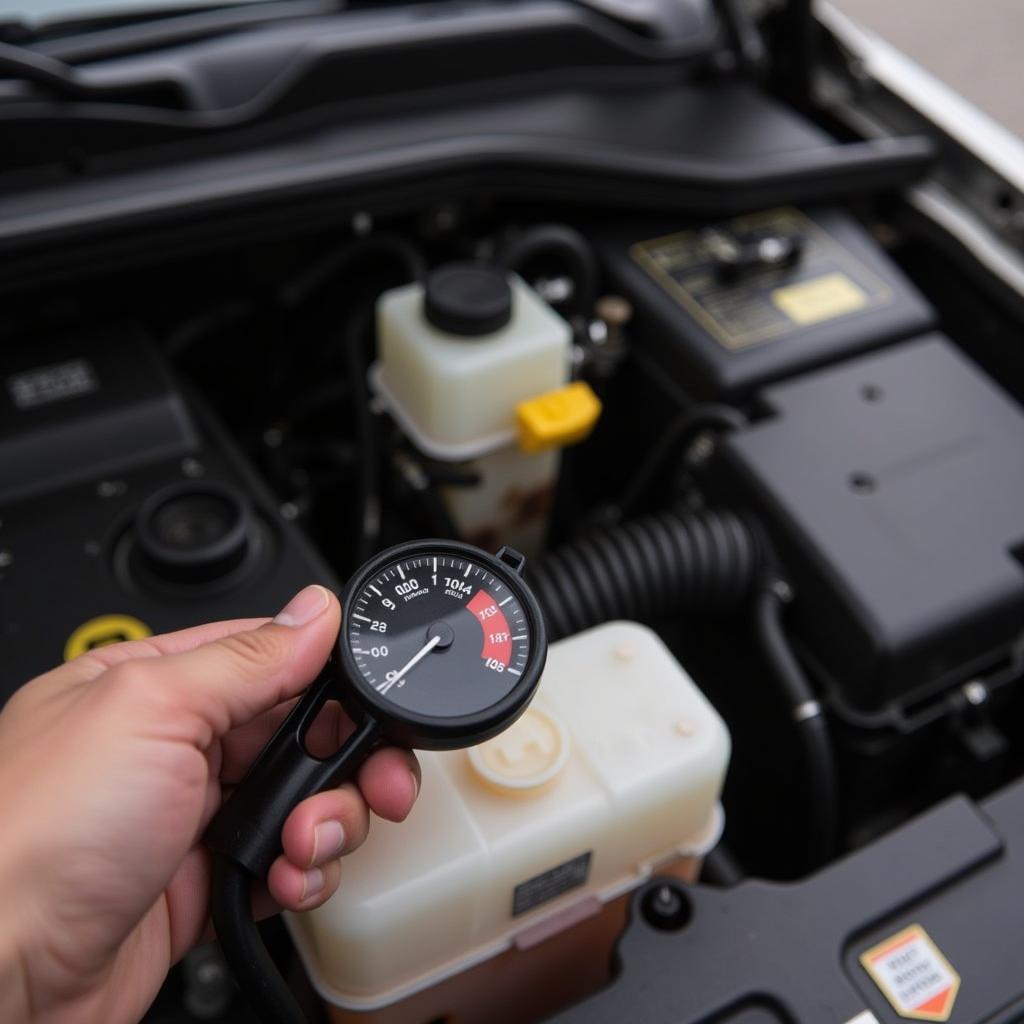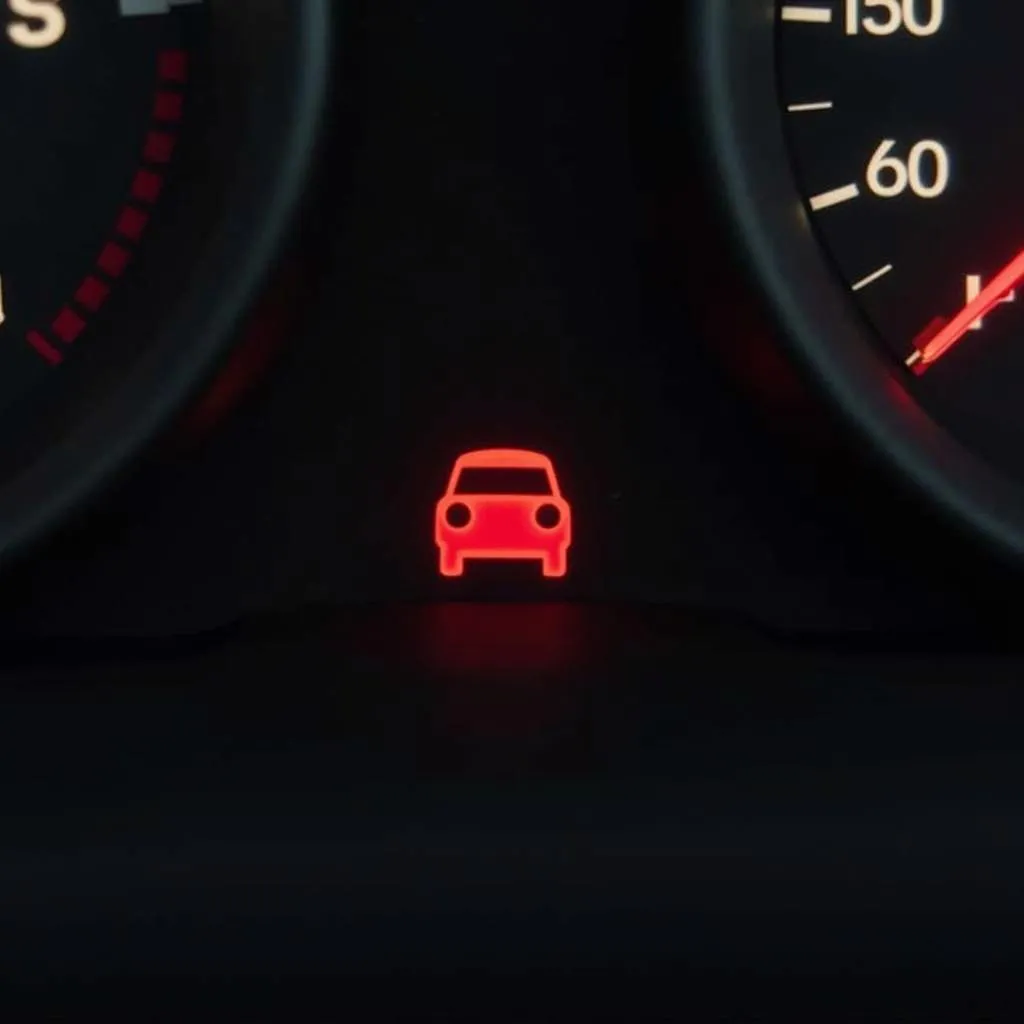A “Tesla brake fluid low warning” might pop up on your dashboard, giving you a slight jolt of panic. While any warning light can be concerning, understanding what it means and how to address it can save you a potential headache down the road. This article will break down the ins and outs of this specific warning, guiding you through possible causes and solutions, and ensuring your Tesla stays in tip-top shape.
Deciphering the Tesla Brake Fluid Low Warning
This warning signal, often accompanied by a message on your touchscreen display, indicates that the brake fluid level in your Tesla is potentially below the recommended level.
Brake fluid is the lifeblood of your car’s braking system, transmitting the force from your foot on the brake pedal to the brake pads that stop your Tesla. Low brake fluid can compromise your braking performance, making it crucial to address this warning promptly.
What Causes Low Brake Fluid in a Tesla?
Several factors can contribute to low brake fluid in your Tesla:
- Brake Pad Wear: As your brake pads wear down, the brake calipers need more fluid to engage the pads. This can lead to a lower fluid level in the reservoir.
- Fluid Leaks: A leak anywhere in the braking system, from the master cylinder to the brake lines, will result in fluid loss and trigger the warning light.
- Time: Brake fluid is hygroscopic, meaning it absorbs moisture from the air over time. This absorbed moisture can corrode brake components and reduce braking efficiency, necessitating a fluid flush and replacement.
What to Do When You See the Warning
- Check Your Brake Fluid Level: Locate the brake fluid reservoir, usually under the hood on the driver’s side. The reservoir will have “Min” and “Max” markings. If the fluid level is below “Min,” do not drive the car.
- Contact Tesla Service: It’s best to err on the side of caution and reach out to Tesla Service or a certified Tesla repair shop. They can diagnose the cause of the low fluid level and perform the necessary repairs or fluid top-up.
Is It Safe to Drive with the Brake Fluid Low Warning On?
Driving with low brake fluid is highly discouraged and potentially dangerous. Insufficient brake fluid can lead to:
- Reduced Braking Power: You might experience a “spongy” brake pedal feel or require a longer stopping distance.
- Brake Failure: In extreme cases, critically low brake fluid can lead to complete brake failure, putting you and others on the road at risk.
Preventing Future Brake Fluid Issues
Proactive maintenance is key to preventing brake fluid-related issues:
- Regular Brake Inspections: Have your brakes inspected by a qualified technician at least once a year or as recommended in your Tesla maintenance schedule.
- Timely Brake Fluid Flushes: Tesla recommends a brake fluid flush every two years or as needed. This ensures optimal braking performance and prevents corrosion.
- Address Leaks Promptly: Any signs of brake fluid leaks, such as puddles under your car, require immediate attention.
Understanding the Importance of Brake Fluid Maintenance
“Many Tesla owners underestimate the importance of regular brake fluid checks and flushes,” says Sarah Thompson, Senior Tesla Technician at EV Auto Solutions. “Brake fluid is not a ‘fill-it-and-forget-it’ fluid; it degrades over time, and neglecting its maintenance can lead to costly repairs down the line.”
Tesla Brake Fluid Low Warning: The Bottom Line
The “Tesla brake fluid low warning” is a serious signal that shouldn’t be ignored. By understanding its causes, responding appropriately, and staying on top of brake fluid maintenance, you can ensure your Tesla’s braking system remains in optimal condition for safe and reliable driving.


